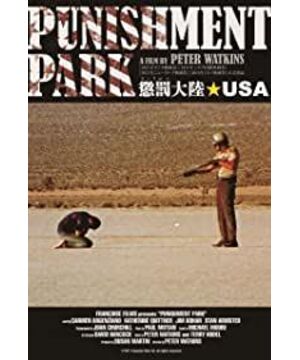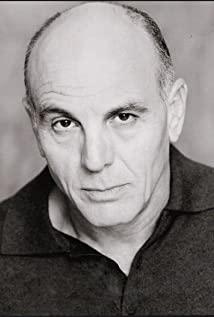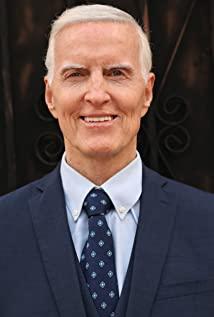The truth and the lie are only one step away, but what is the bridge built within this step? That is, what is the language system that operates between truth and lies? Peter Watkins' films seem to be talking about this all the time. In Punishment Park, on the one hand, he explained the specific time and historical background to us; on the other hand, he told a bizarre story, which made people dare not fully believe its authenticity. The same is true for the subsequent biopic "Edward Munch". On the one hand, it is a documentary-style shooting; on the other hand, it is a stream-of-consciousness narrative. But who other than the protagonist can clearly know what he was thinking at the time? This inconsistency in language makes Peter Watkins' films characterful, but not easily acceptable. However, the film language that bears this kind of contradiction still cannot escape the characteristics of diachronism and synchronicity. Because just like Wittgenstein's critique of "private language", there is no language that completely excludes publicity. This means that the language between reality and fiction, documentaries and feature films is still an evolution and metamorphosis of traditional film language, and its objects and expression systems are still traditional.
Specifically, let's look at the characteristics of the film language in this film. Violence is the most obvious. Violence does not just mean that the story told by the director is full of a force that is generated by a certain power and parallels to maintain this power, it also means that the director's narrative has been abandoned or greatly changed in the film language. The traditional film language creates a barrier for the audience to understand. The violence of the story in Punishment Park is undeniable, and the violence of the narrative is obvious to all. This Watkins film is similar to Pasolini's 120 Days of Sodom. First, they both discuss power and the violence that extends from it; second, the former adds a lot of flashbacks and flashbacks to the film to change the narrative rhythm. The latter is a plethora of bold and startling shots that change the way the audience feels about the film. The common violence of the themes and shooting methods caused an uproar in these two films at the beginning of their screening. Perhaps the audience still has to go through a process of accepting the new film language.
The violent nature of Punishment Park's language is based on a violent self-defense against power. Malcolm X said, "Violence for self-defense should not be called violence, but reason." Here, the second feature of the film's cinematic language is important. That's rationality, because without that, the film is at best an avant-garde experimental film: venting, accusing, but not thinking. Experience is only the origin of knowledge, and reason is the judge of truth. Watkins puts a lot of courtroom trials, plaintiffs, and defendants feuds into the film. That's really where the concept of power that this film is about to deconstruct. Even if it seriously affects the flow of the narrative. On the stage are businessmen, judges, government officials; money, knowledge, and representatives of mainstream values. In the audience are students, the unemployed, and social activists; they are poverty, crime, and representatives of non-mainstream values. Next to it are the police, a representative of the protection of mainstream values. In such a moral court trial, the rights of the plaintiff and the defendant are completely out of balance. Holders of mainstream values need to maintain nothing more than the word "morality". The kind of coercion, as Nietzsche said, that initially uses coercion to make individual actions in the interest of society, but coercion gradually develops a habit of forming the voice of society, which is what we call conscience. What the holders of non-mainstream values have to maintain is nothing more than the word "self". As Kierkegaard said, survival is essentially a conscious pursuit of the self as one's own destiny. The collision of two different values fits perfectly with the Western society of the 1970s in which the film was filmed. (This is the fate of linguistic synchronicity). The bystanders outside the two viewpoints are an important symbol set by the director. They are the reporter in the film, and they are also all the audiences in front of the screen. We are dissatisfied, we protest, but what is the result? It can only be so.
In the 1970s, the so-called "heretic images" emerged in endlessly. "Punishment Park", "120 Days of Sodom" and "A Clockwork Orange"...their revolutionary form of film language and similarities in connotation make them unique. They all make up a reality or future, but this fictional reality and future are more real than reality. This has to be said to be a big joke with the sense of superiority and sublime of human beings themselves. How can this gap between reality and fiction be filled? Watkins, Pasolinis didn't find the answer.
View more about Punishment Park reviews









